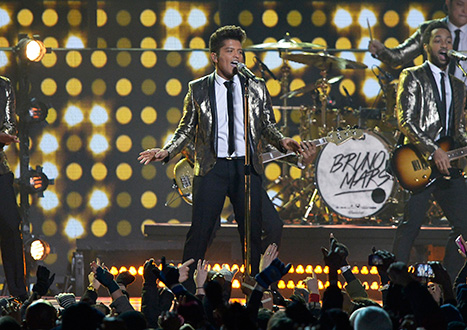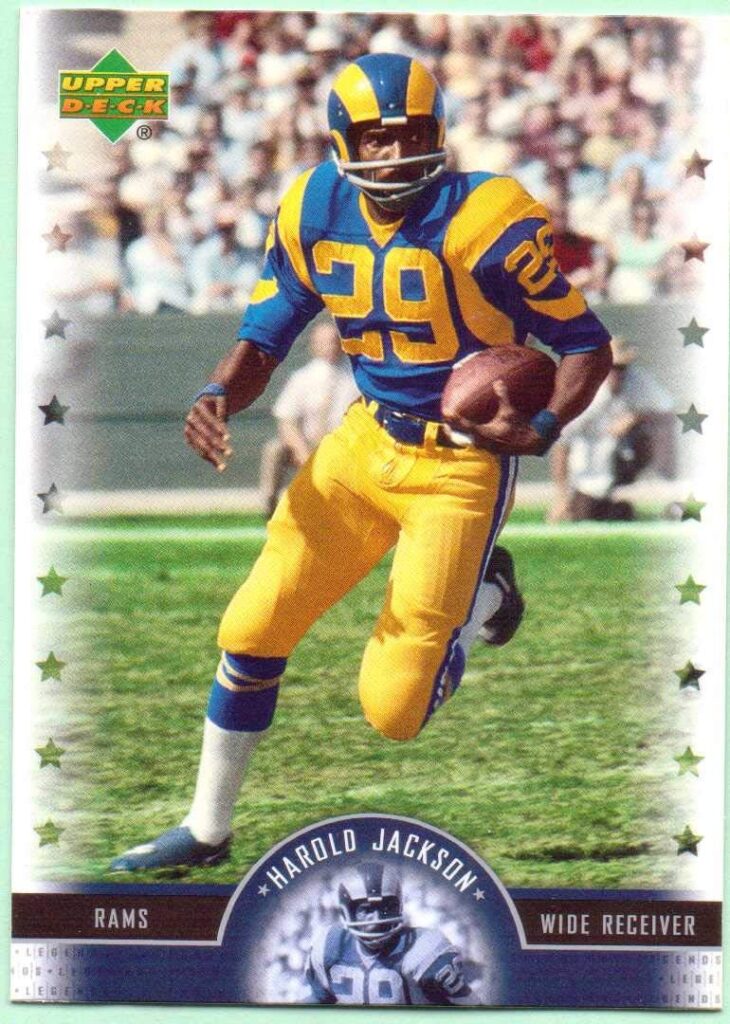Here’s How They Set Up Halftime Stages So Quickly
It’s the Super Bowl. You’re over at your buddy’s house watching the game when the clock finally expires in the second quarter. Up next are some clever commercials before the broadcast returns and you’re greeted with an epic, gargantuan halftime show that seemingly covers the entire football field.
Ten minutes ago, the field was more or less empty. But right now, there’s a huge stage front and center, not to mention all the props, costumed folks, lighting apparatuses and other spectacles.
How the heck do they pull off these kinds of stunts?
It’s not luck: it’s the result of intense, careful planning. After all, there are only a few minutes to get the stage together. The performance itself is 12 minutes long, and then the stage needs to be completely disassembled and carted off the field.
“It’s the most unique of any unique show or experience,” explains Hamish Hamilton, who’s directed the Super Bowl halftime show since 2010. “It’s easily the most intense and by far the most adrenaline-charged because you have a very real set of factors that can only come together at halftime.”
So how does Hamilton make it work every year?
He says he scripts every moment, understanding that chaos may happen and there’s nothing he can do about it. He also focuses on the star (after all, that’s who the audience is tuning in to see), making sure to show him or her often. And perhaps somewhat surprisingly, he ignores those in attendance and focuses on the at-home audience when devising the show, since there are a lot more dudes sitting on their couches watching the game and its corresponding halftime show.
But What About the Field?
You’d think that having that entire spectacle on stage and all of those people on the field would end up ruining the turf and making it difficult for the players to finish the second half of the game after the show, but you’d be wrong.
Thanks to innovative special tiles — the same kinds of tiles that are put down at places like baseball stadiums when concerts are being held — the turf stays protected, no matter how many people or objects are on top of it during the halftime show. These tiles can weigh up to 50 pounds and are incredibly strong, providing fields the protection they need.
The Show You Don’t See
Football season starts tonight, which means the Super Bowl halftime show will be here before we know it. So in a mere matter of months, we’ll be transfixed in front of our televisions (or at the game, if we’re ludicrously lucky), as this year’s superstar entertains millions across the globe.
As you watch that performance, consider the fact that an army of 600 folks assembled the entire production in less than 10 minutes (six minutes, to be exact, according to Charles Coplin of the NFL). And once the show wraps up, they have another six minutes to disassemble the stage and ground tiles before the football players retake the field.
When you stop to consider that determined chunk of humanity putting up and taking down enormous temporary infrastructure — all without a hitch — well, they might be the most interesting show to watch during halftime.
Still not impressed? Take a look at this incredible time-lapse video of the crew setting up last year’s stage. You have to admit it does seem harder than singing a song.




Useful information. Lucky me I discovered your website accidentally, and I am stunned why this accident didn’t came about in advance! I bookmarked it.